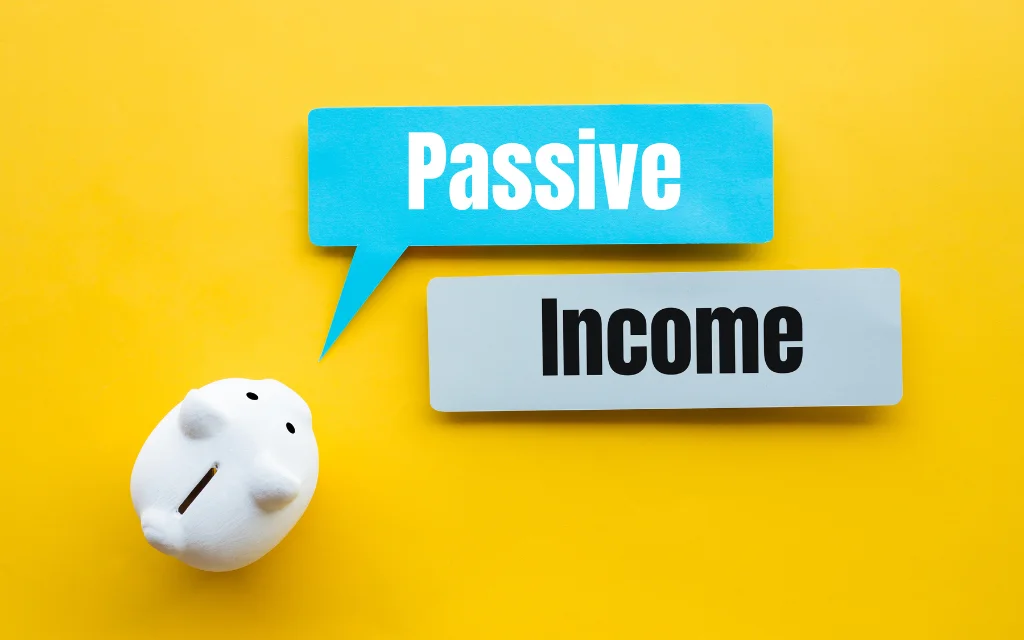Income Ideas refer to a steady stream of unearned money that requires little to no active work. Popular sources include real estate, investments, and side projects.
Investing in certain financial assets or developing enterprises that, after an initial investment, begin to create money without regular effort are two ways to earn passive income. Keep thorough records of your profits because the taxes you pay on passive income can change based on where the money comes from.

What is passive income?
Earning money without working a typical job is known as passive income. Investing in dividend stocks, high-yield savings accounts, or renting out real estate are all ways to generate passive income.
The majority of passive income-generating strategies demand an initial financial, time, or both investment. The benefits of passive income, however, might last for years after you have made the first investment.
18 ways to make passive income
Investment-based passive income ideas
These are a few dividend-paying investment categories that can generate a passive income.
1. Dividend stocks
Investing in dividend stocks, which regularly (usually quarterly) distribute a portion of the company’s earnings to investors, is one strategy to create an income stream. The top dividend stocks help you improve your future income by gradually increasing their payout. (Read more about the operation of dividends.)
Additionally, dividend stocks can help diversify and even stabilize your investment portfolio because they are often less volatile than growth firms. Additionally, if the stock performs well, investors may decide to increase their investment by reinvesting dividends back into the shares.
2. Dividend index funds and exchange-traded funds
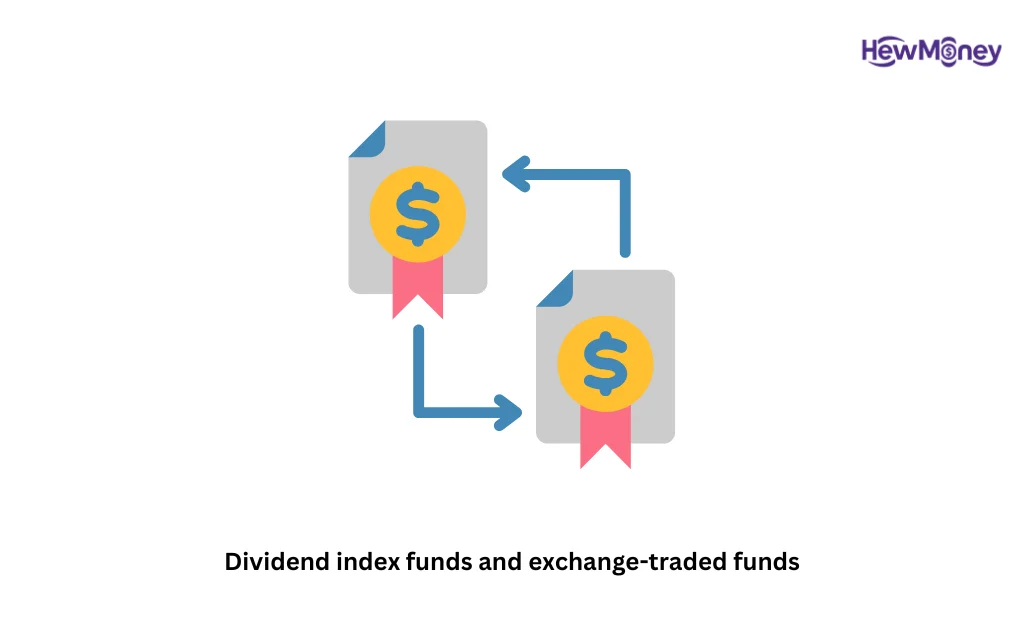
Instead of picking and choosing which stocks to purchase, you can invest in index funds or exchange-traded funds that hold dividend stocks.
For people who would rather take a more hands-off approach, this is a type of passive investment.
Index funds try to replicate the performance of a specific index, such the S&P 500, by holding a diverse range of equities. An index fund or dividend exchange-traded fund (ETF) will invest in a variety of dividend-paying stocks. Since market fluctuations are typically less pronounced across an index than they are across individual stocks, index funds can aid in balancing portfolio risk.
Dividend ETFs replicate the simplicity of equity trading while providing the diversification advantages of index funds. If you do not already have a brokerage account, you will need to acquire one in order to invest in dividend stocks, index funds, exchange-traded funds, or other publicly traded assets.
3. Bonds and bond index funds
Bonds are a mechanism for investors to lend money to businesses and to the federal, state, and local governments while earning interest income, as opposed to purchasing shares in a company. Although bonds often yield a lesser return on investment than stocks, they are thought to be a safer option.
Because bonds are less volatile and more secure than stocks, experts advise allocating a percentage of your portfolio to them. The closer you are to your investing objective (like retirement), the larger the proportion of bonds in your portfolio.
4. Real estate investment trusts (REITs)
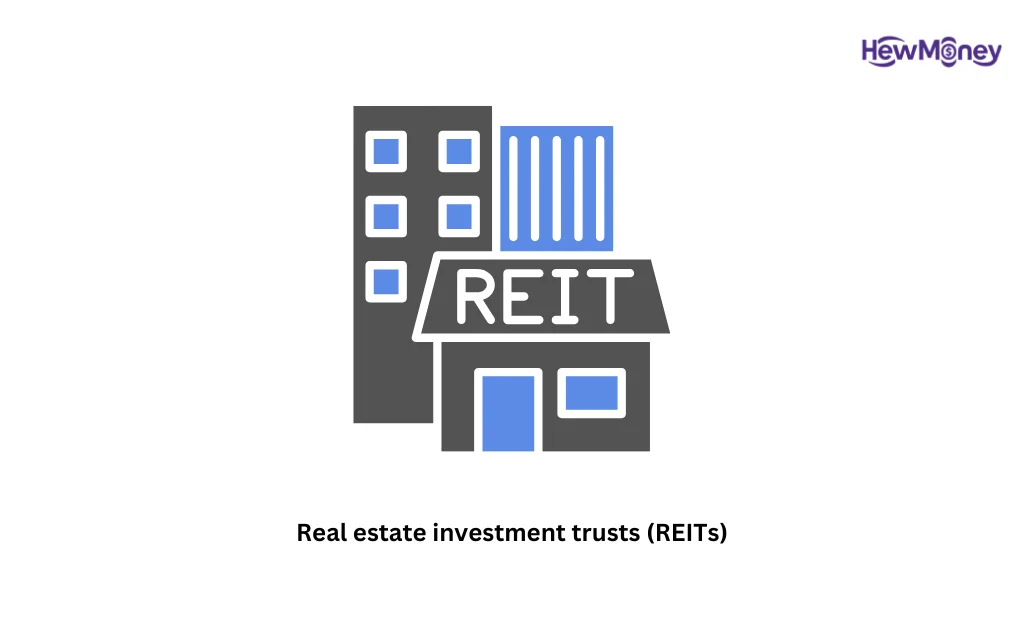
REITs might be the solution if you want to generate passive income from real estate without having to deal with the hassle and expense (not to mention the large down payment) of purchasing and maintaining properties on your own.
REITs are businesses that own commercial real estate, including office buildings, retail establishments, apartments, and hotels, much like mutual funds. Although they vary in availability and complexity, REITs often pay substantial yields. On stock markets, some are traded publicly, while others are not.
Publicly listed REITs, which are available through internet brokers, can be the best option for novice investors. Purchasing mutual funds or exchange-traded funds (ETFs) that track many REITs is another way to diversify your real estate holdings.
5. Money market funds
Money market funds are currently offering attractive interest rates, with some offering rates as high as 4%, much like high-yield savings accounts. Mutual funds that invest in lower-risk assets, such as short-term government debt or income-paying corporate bonds, are known as money market funds. That income might not be subject to taxes in some circumstances. Remember that money market accounts, which are more like savings accounts and usually have FDIC insurance, are not the same as money market funds.
6. High-yield savings accounts
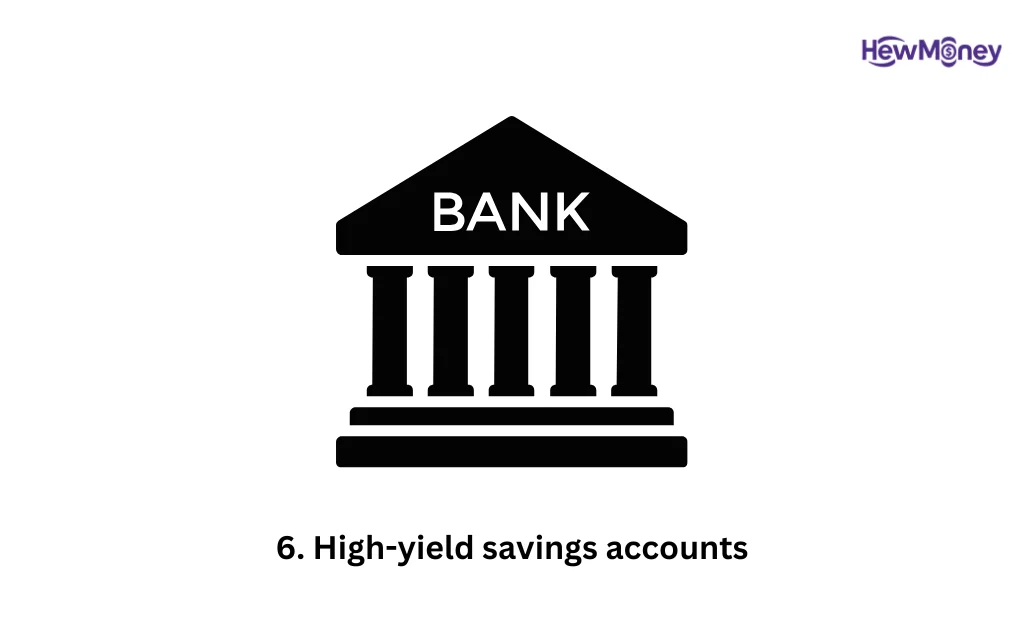
A high-yield online savings account can be a great method to increase your emergency fund and generate passive income, albeit at a lower level than equities and bonds. Your balance is increased by the interest that savings accounts pay.
Federally insured savings accounts known as “high-yield accounts” provide interest rates that are frequently significantly higher than the national average. It pays to compare the annual percentage yield (APY) of these high-income accounts because even minor variations over time might add up to actual cash.
7. CDs
One kind of savings account that is utilized for a set amount of time is a certificate of deposit. For instance, if you put money into a three-year CD, you will get a fixed interest rate for the three years. A high-yield savings account, on the other hand, usually offers a variable interest rate.
Because CDs oblige you to lock up your money for a predetermined amount of time, they sometimes provide higher interest rates than savings accounts. (If you wish to retrieve your money before the CD period is up, you will be charged a penalty.) Locking in interest rates while they are high can be worthwhile if you are ready to do that, particularly if you anticipate a decline in rates soon, as many experts think.
8. Buy a rental property
Another strategy to generate passive income is to invest in real estate with the goal of earning rental revenue. If they are situated in an area where there is a strong demand for rental homes, long-term rentals can be a dependable source of income. However, they also come with long-term pressures, such as the need to maintain the properties and pay for numerous mortgages, property taxes, and other expenses.
9. Rent out your own house

Consider renting out your own home while you are on vacation if you can not afford to purchase a whole rental property. You can specify the precise dates that guests can reserve your location on AirBnB and VRBO. It can be a chance to make some extra money while you are away for the summer or the holidays.
10. Get a roommate
You can also start small by renting out a room if you want to get into real estate. Finding a roommate will generate consistent passive income, probably on a monthly basis. Regretfully, you might have to share a refrigerator and bathroom.
11. Operate a vending machine
It is not too expensive to start a vending machine business. You should consider where to store it and what kinds of supplies you would like to keep on hand.
12. Peer-to-peer lending
Peer-to-peer lenders, such as Prosper and Lending Club, are an alternative to traditional bank loans. They pair up potential investors with borrowers who have been verified for creditworthiness by the platforms. Although it is riskier than investing in a money market fund or high-yield savings account, it may yield higher interest rates of up to 5%.
13. Private equity
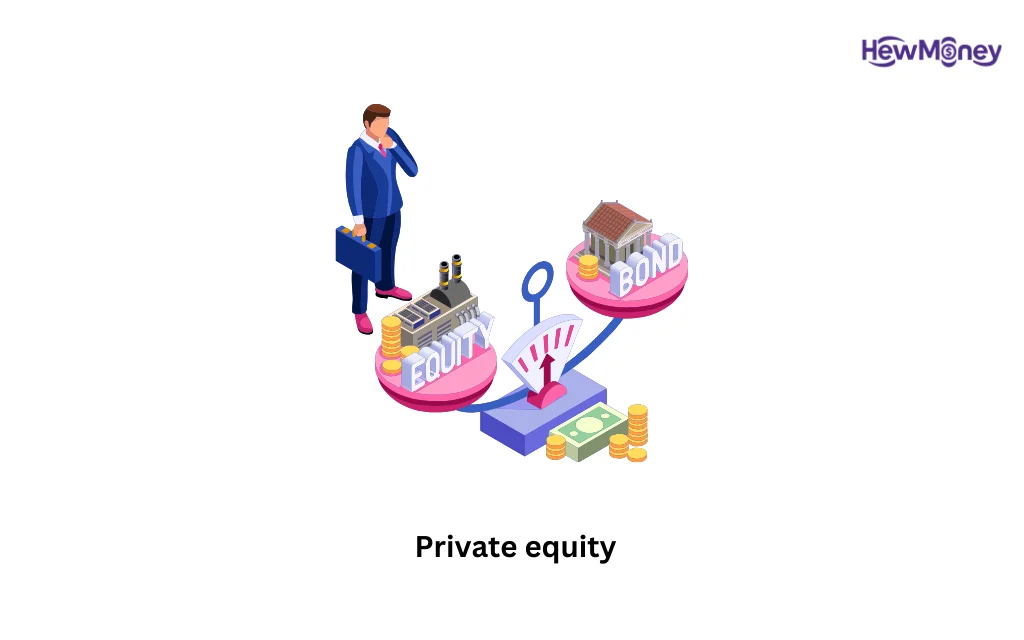
Perhaps the original form of peer-to-peer lending, another common form of passive income is funding a private business you believe has the opportunity to generate future income. For high-net-worth individuals, this might be investing in private equity funds, which are typically only available to accredited investors who meet certain net worth or income requirements.
Another way is to back a family member, friend or other trusted partner to help fund their business with an agreement to earn returns from any future profits. But beware: No matter how large or small, investing in a single business is an inherently risky, long-term bet. Never invest more than you can afford to lose.
14. Crypto staking
Increasing your holdings in specific cryptocurrencies by utilizing them to support the verification of activities on an underlying blockchain network is known as crypto staking. You may receive additional cryptocurrency as compensation for staking.
For the majority of people, staking entails giving your cryptocurrency to a person who is keeping track of all transactions on the network it operates on. To protect themselves from fraudulent transmissions, those verifiers must stake some tokens. Giving a trustworthy validator the ability to vote with your tokens will allow you to collect a portion of the rewards they earn for doing their job correctly.
However, there is a chance that you could also be fined if the verifier you are dealing with is. Additionally, staking occasionally entails committing your holdings for a predetermined amount of time, during which you are unable to sell or exchange them.
Staking schemes are available on a number of cryptocurrency platforms; however, governmental scrutiny of these agreements has lately occurred in the United States. It is crucial to remember that not all cryptocurrencies allow staking; most notably, Bitcoin does not.
15. Write content
A way to build passive income at home is through payments for the use of intellectual property that you have created yourself, or for which you’ve purchased the rights.
Creating content can be a lot of work, especially for work that is engaging and reaches a large enough audience to generate income.
But once you’ve created something that people are using, it’s possible to generate revenue through display advertising, using a program such as Google Adsense, or to run sponsored content, which means companies pay you a fee to publish a post on your blog.
Another way to monetize a blog is affiliate marketing, which allows you to earn commissions if your readers purchase a product or service you’ve recommended or linked to. You may, however, find that creating content is not as hands-off as you might expect; there’s always pressure to create more content or update what you have to keep it viable.
16. Publish a digital course

Possess a special talent? You can design and release an online course that teaches others how to do things like watercolor painting, coding, or cleaning their wardrobe. Remember that developing a course can require a significant amount of upfront work. Depending on the platform you use to publish your course, you might need to create lesson plans, record videos, and update the courses.
Determining the potential earnings from an online course is also challenging. Some instructors are able to support themselves full-time by publishing numerous courses. For others, the monthly income can be as little as a few hundred dollars.
17. Wrap your car with ads
Did you realize that having advertisements wrapped around your automobile might earn you money? There are many car wrapping frauds, so use caution while screening firms. Check out Nickelytics and Carvertise, however be advised that both businesses do have some unfavorable internet reviews.
18. Rent out a parking space
If you live in a city, near a concert venue or any area that can attract a crowd, the Spacer app allows you to rent out a parking spot. You’ll need a few photos of the spot, the dimensions and details on the spot’s security, access and distance from public transit.
Other ways to save money

Although these strategies might not directly provide passive income, saving money is one of the finest ways to earn money. Some methods of generating passive income are more difficult than others. These are the simplest ways to save money, so you can get started right now with no upfront costs:
Reduce your meat intake. Were you aware that vegetarianism is less expensive? A 2021 Oxford University study found that vegan diets could save up to one-third on food expenses
Cut down on your electricity costs. Turning off the lights isn’t the only way to reduce your electricity costs. An energy audit, smart power strips, and a new showerhead can all have a significant impact.
Terminate any subscriptions that aren’t needed. A CNET survey indicates that American adults spend approximately $91 a month on subscription services.
It’s fantastic if you utilize and like your subscriptions, but to be sure you’re getting the most out of your money, it might be worthwhile to have an audit.

